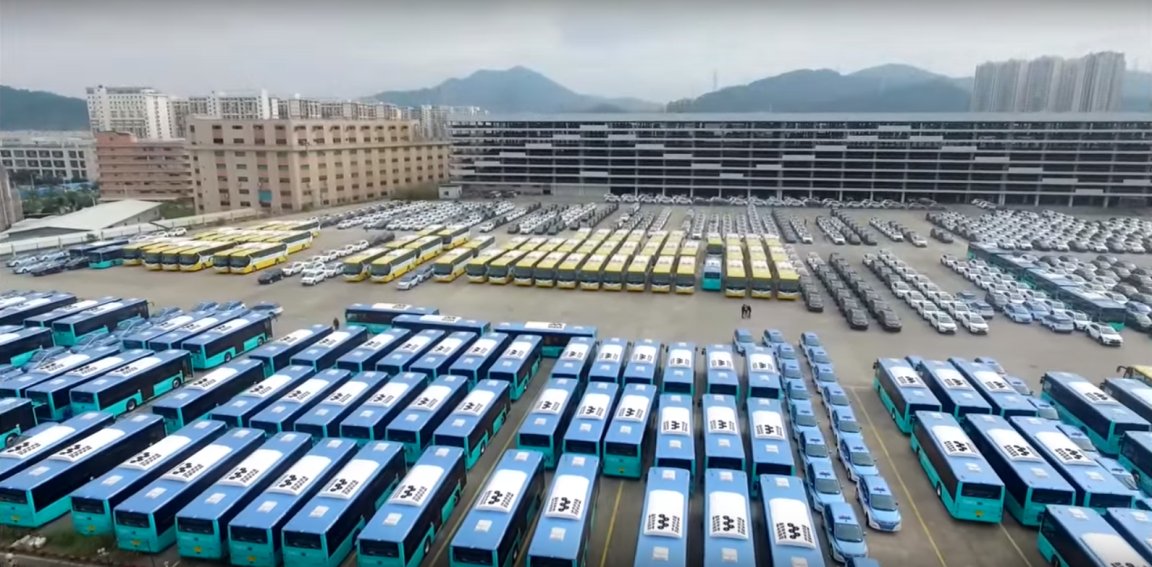
Electric Transportation
Public transportation is a pillar of green living. Although traditional buses and trains continue to run off of fossil fuels, they still have an overall smaller carbon footprint than personal vehicles and help reduce greenhouse gas emissions. However, creating public transportation vehicles powered by renewable resources pushes that impact even further, and that’s exactly what’s happening in the Chinese city of Shenzhen.
For years, Shenzhen has had the largest electric bus fleet in the world, and now, it has officially electrified its entire fleet of 16,359 vehicles. The original deadline for this lofty goal was 2018, so not only did Shenzhen accomplish something extraordinary, they did it even faster than expected.
The fleet update was more expensive than it normally would have been, but it included key improvements to infrastructure. Beyond the vehicles themselves, the city built 8,000 charge points at 510 bus charging stations. That’s enough charge points to allow half of the entire electric bus fleet to charge simultaneously if needed.
Improving Public Transit
Shenzhen is a city of 12 million people, and this move will immediately and directly affect the local population by improving access to transportation and local air quality. It will also help the environment at large — officials estimate that this switch to an electric bus fleet will reduce carbon dioxide emissions by 1.35 million tons annually.

Additionally, the city will save 345,000 tons of fuel per year as a result of going electric. While this transition did require a larger initial investment, it will continually save the city money while having a positive impact on the environment, especially when combined with China’s other green efforts.
Hopefully, other cities will take note of Shenzhen’s commitment to greener public transportation. In the U.S., transportation accounts for 27 percent of all greenhouse gas emissions, so similar transitions, even on a smaller scale, could cut those emissions drastically.